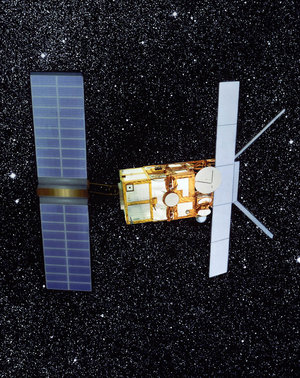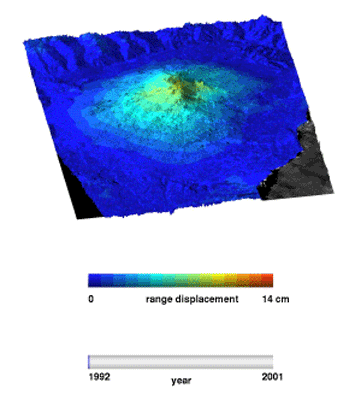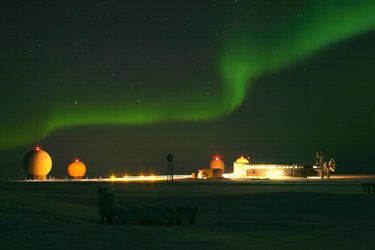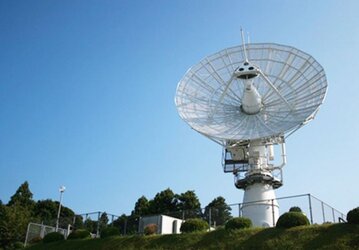ERS satellite missions complete after 20 years
After a final thruster firing last week to deplete its remaining fuel, ESA's venerable ERS-2 observation satellite has been safely taken out of service. Ground controllers also ensured the space environment was protected for future missions.
The mission ended on 5 September, after the satellite's average altitude had already been lowered from 785 km to about 573 km. At this height, the risk of collision with other satellites or space debris is greatly reduced.
The final critical step was to 'passivate' ERS-2, ensuring that all batteries and pressurised systems were emptied or rendered safe in order to avoid any future explosion that could create new space debris.
This primarily consisted of burning off the fuel, disconnecting the batteries and switching off the transmitters.
"As soon as we saw fuel depletion occurring, a series of commands was sent to complete passivation, before shutting the satellite down for good. The last command was sent at 13:16 GMT on 5 September," said Frank Diekmann, ERS-2 Operations Manager.
Valuable data archive

The end of flight operations does not mean the end of the mission's usefulness, though.
"We will continue exploiting data gathered by ERS-2, especially the radar imagery," said Volker Liebig, ESA's Director for Earth Observation Programmes.
"Combining this rich scientific store with new data delivered by improved radar instruments on the GMES Sentinel-1 mission will generate strong synergies as we work to understand our planet's climate."
Atmospheric burn up
With the effects of natural atmospheric drag, ERS-2 is predicted to enter and largely burn up in the atmosphere in about 15 years. This is well within the 25-year-limit that is imposed to minimise the risk of collision before re-entry.
"ERS-2 deorbiting is being conducted in compliance with ESA's space debris mitigation requirements," said Heiner Klinkrad, Head of ESA’s Space Debris Office.
"This indicates the strong commitment by the Agency to reducing space debris, which can threaten current and future robotic and human missions."
End of 16-year mission

ERS-2 was launched in 1995, four years after ERS-1, the first European Remote Sensing satellite. The missions paved the way for the development of many new Earth observation techniques.
"ERS-1 and -2 delivered 20 years of continuous high-quality data covering the oceans, land, ice and atmosphere," said Wolfgang Lengert, ERS-2 Mission Manager.
"Throughout these two decades, the emphasis has been on quantifying measurement accuracy and documenting results, ensuring the data will serve as a heritage for future generations."
ERS-2 travelled 3.5 billion km during its lifetime, providing data for thousands of scientists and projects.
Expanded version of this article with additional details on final mission operations.













